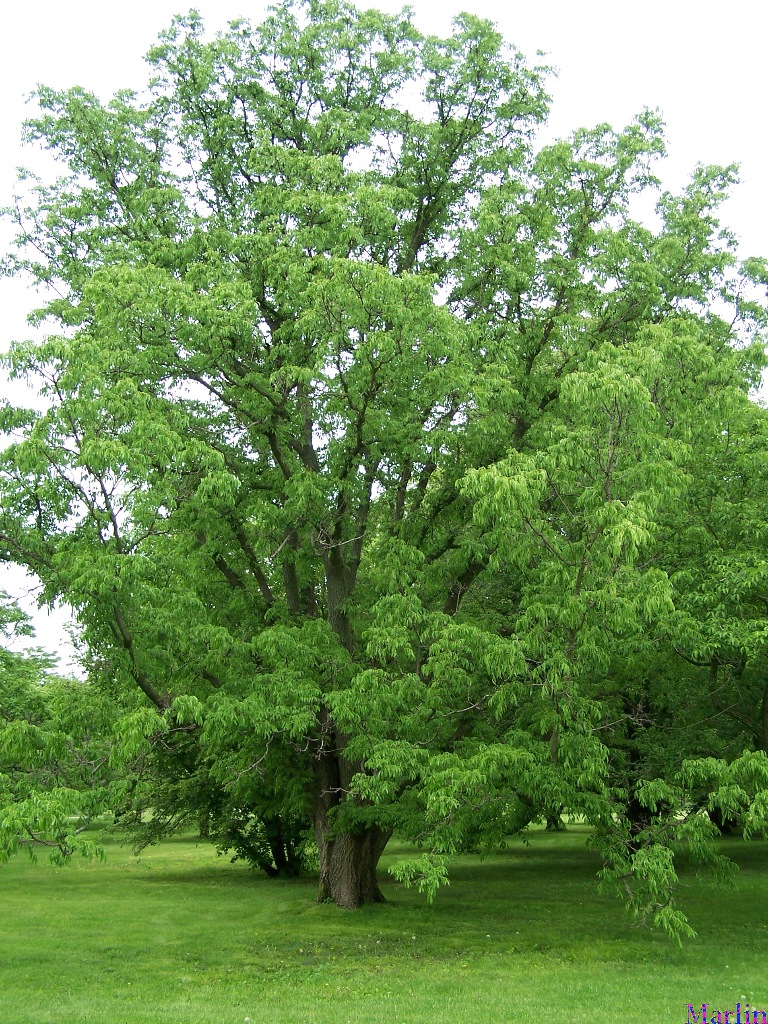Amur Cork Tree – Phellodendron amurense
Clusters of fleshy, black berries 3/8 inch in diameter remain on the trees into the late fall and winter. Each small berry is contains five seeds.

This Amur Cork is 80 years old
Amur cork tree is listed as invasive in both the U.S. and Canada. It is prohibited in Massachusetts as a noxious weed. Native: Eastern Asia (northern China, Manchuria, Korea, Ussuri, Amur, and Japan); introduced to North America as an ornamental.
Distribution: Invasive in IL, NY, PA, VA, and Pennsylvania. This tree is demonstrating invasive characteristics in suburban and urban fringe forests. It escapes intended plantings to invade and displace native hardwood forest. Note: only female plants have potential to become invasive.
Control and Management: Plant only male trees, practice disturbance prevention. Manual- Hand pull seedlings, focus on reducing or stopping fruit production and spread. Chemical- It can be controlled using any of several readily available general use herbicides such as glyphosate. Biocontrol: Natural enemies of Amur cork tree include four fungi and nine Lepidoptera.
References
- USDA Forest Service, Forest Health Staff, Newtown Square, PA, Weed of the Week
- Flora of China, Phellodendron amurense
- Amur cork, Morton Arboretum acc. 568-27-3 photos © Bruce Marlin
Family Rutaceae – Cork & Citrus
Plants in this family are herbs, shrubs, and trees with commonly odoriferous herbage comprising about 150 genera and 1,500 species; further characterized by the common occurrence of spines and winged petioles. The Citrus genus includes the agriculturally important fruit trees: orange, lime, grapefruit, kumquat, and mandarine. Tree Encyclopedia | Trees Index | Maple | Fruit Trees | Nut Trees

